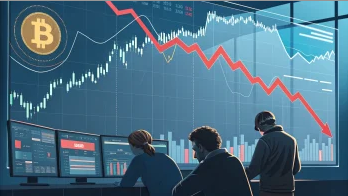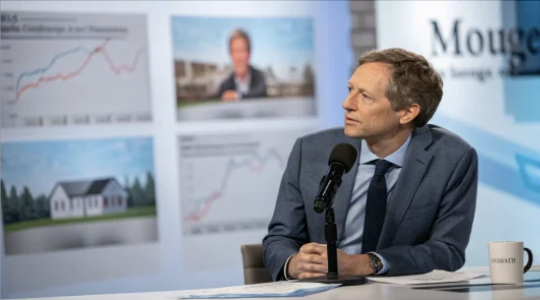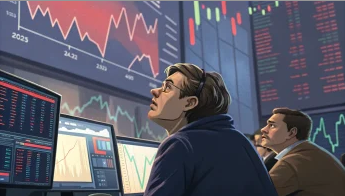A significant trade agreement between China and the United States was announced, causing a substantial market rally while pharmaceutical stocks notably declined. The agreement established a 90-day truce between the two economic powerhouses, with both nations agreeing to reduce their tariffs substantially.
Under the terms of the deal, the United States will decrease tariffs from 45% to 30%, while China will reduce its tariffs from 125% to 10%. This mutual de-escalation represents a temporary pause in the ongoing trade tensions between the world’s two largest economies.
Table of Contents
ToggleMarket Response
The market reaction was immediate and positive. The VIX, commonly known as the “fear index,” dropped below 20 for the first time since March. This decline triggered hedge fund short covering, which further amplified the market rally.
Despite questions about what might happen after the 90-day period expires, investors appeared focused on the immediate positive impact. After experiencing significant volatility, the S&P 500 has now returned to flat for the year-to-date.
View this post on Instagram
Pharmaceutical Sector Faces Separate Pressure
While most sectors benefited from the trade announcement, pharmaceutical stocks notably did not participate in the rally. This was due to a separate policy announcement from the Trump administration regarding drug pricing.
The administration revealed a “most favored nation” drug pricing policy designed to reduce prescription medication costs in the United States dramatically. The key points of this policy include:
- Potential price reductions of 30-80% on prescription medications
- Requirements for drug companies to match the lowest prices offered in other countries
- Creation of price parity between U.S. drug buyers and international markets
This policy addresses the long-standing issue of Americans paying higher medication prices than consumers in other developed nations.
Ongoing Trade Uncertainties
Despite the positive market reaction, several trade uncertainties remain on the horizon. The current agreement with China is temporary, with questions about what will follow after the 90 days. Trade negotiations with Canada, Mexico, and the European Union are ongoing.
However, for the moment, markets are celebrating lifting what had effectively become a trade embargo between China and the United States. The temporary resolution provides economic relief and stability, even for a limited time.
The market’s strong positive reaction demonstrates how significantly trade tensions have weighed on investor sentiment. While the long-term resolution remains unclear, the immediate effect has been restoring confidence in global markets.
Frequently Asked Questions
Q: How long will the China-US trade truce last?
The trade truce between China and the United States is set to last for 90 days. What happens after this period remains uncertain and will likely depend on further negotiations between the two countries.
Q: Why didn’t pharmaceutical stocks rise with the rest of the market?
Pharmaceutical stocks didn’t participate in the market rally because of a separate announcement from the Trump administration introducing a “most favored nation” drug pricing policy. This policy aims to reduce drug prices by 30-80% by requiring companies to match the lowest prices offered in other countries, putting pressure on pharmaceutical company profits.
Q: What other trade negotiations remain unresolved?
Despite the temporary agreement with China, several other trade negotiations remain ongoing. These include discussions with Canada, Mexico, and the European Union. Additionally, the long-term trade relationship with China must be addressed after the 90-day truce expires.

















